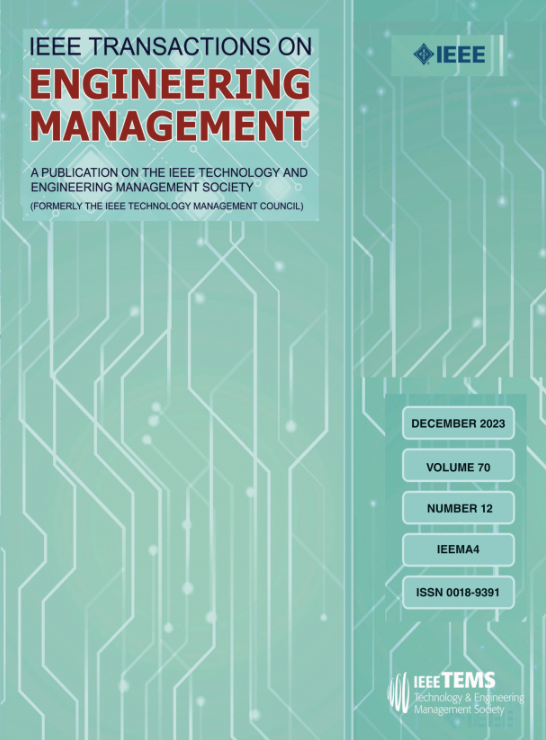Blockchain Adoption in the Low-Carbon Supply Chain: A Comparative Analysis of Different Adoption Modes
IF 4.6
3区 管理学
Q1 BUSINESS
引用次数: 0
Abstract
Low-carbon supply chain (LCSC) companies mitigate their carbon footprint through direct emission reduction (DER) efforts, such as using renewable energy, and through emissions trading for indirect offset. Blockchain technology, increasingly adopted in sectors, such as fashion and automotive, supports these methods by addressing key challenges. However, the optimal adoption mode—government, manufacturer, or retailer—remains unclear. In this article, we integrate blockchain's three benefits (reduced DER cost, lower transaction cost in emissions trading, and enhanced green trust) and its three costs (setup cost, operational cost, and usage fee) to compare these modes based on the LCSC's sustainability, profitability, and social welfare. Key findings are as follows. First, blockchain adoption typically boosts sustainability and profitability, although two tradeoffs require careful consideration. Second, retailer adoption outperforms the other modes by significantly enhancing sustainability, maximizing blockchain user profits, and achieving the highest social welfare outcomes. The retailer's profit can also be maximized if the setup cost coefficient and total carbon footprint level are sufficiently low. Another advantage of this mode lies in the flexibility of usage fee. Third, the impact of blockchain adoption varies across supply chains with different carbon footprint levels. These results remain robust in extension with risk considerations. This study provides valuable managerial insights, including guidance for LCSC on selecting the optimal blockchain adoption mode, and recommendations for policymakers to address the lack of economic incentives in low-emission supply chains and reduce the overreliance on indirect offset in high-emission ones.区块链在低碳供应链中的采用:不同采用模式的比较分析
低碳供应链(LCSC)公司通过直接减排(DER)努力(如使用可再生能源)和通过排放交易进行间接抵消来减少碳足迹。区块链技术越来越多地应用于时尚和汽车等行业,通过解决关键挑战来支持这些方法。然而,最优的采用模式——政府、制造商还是零售商——仍然不清楚。在本文中,我们整合了区块链的三个收益(降低了DER成本、降低了排放交易成本和增强了绿色信任)和三个成本(设置成本、运营成本和使用费),并基于LCSC的可持续性、盈利能力和社会福利对这些模式进行了比较。主要发现如下:首先,区块链的采用通常会提高可持续性和盈利能力,尽管需要仔细考虑两个权衡。其次,零售商采用的模式优于其他模式,显著提高了可持续性,最大化了b区块链用户利润,实现了最高的社会福利结果。如果设置成本系数和总碳足迹水平足够低,零售商的利润也可以最大化。这种模式的另一个优点是使用费用的灵活性。第三,采用区块链的影响在不同碳足迹水平的供应链中有所不同。这些结果在考虑风险的情况下仍然是稳健的。本研究提供了有价值的管理见解,包括指导LCSC选择最佳区块链采用模式,以及为政策制定者解决低排放供应链中缺乏经济激励和减少高排放供应链中过度依赖间接抵消的问题提供建议。
本文章由计算机程序翻译,如有差异,请以英文原文为准。
求助全文
约1分钟内获得全文
求助全文
来源期刊

IEEE Transactions on Engineering Management
管理科学-工程:工业
CiteScore
10.30
自引率
19.00%
发文量
604
审稿时长
5.3 months
期刊介绍:
Management of technical functions such as research, development, and engineering in industry, government, university, and other settings. Emphasis is on studies carried on within an organization to help in decision making or policy formation for RD&E.
 求助内容:
求助内容: 应助结果提醒方式:
应助结果提醒方式:


